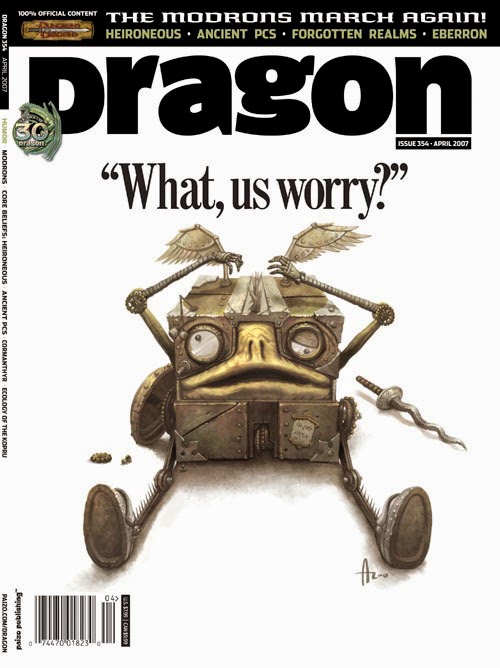
Common SF drawbacks are that the teleported person might get "scrambled" en route or incorrectly reconstructed, such that they lose parts of themselves (see Arthur C.
.jpg)
Every edition has had some attached limitation or danger to the ability - however, traditional legendary versions have seemingly no restriction, so the D&D limits are distinctly sci-fi flavored. Obviously, teleportation is a powerful ability, and in some versions of the game (in conjunction with other powers), it's become problematic and possibly game-breaking. White's "The Sword in the Stone", Merlyn accidentally vanishes himself to Bermuda for a few moments (Chapter 9). In this way it may stand as an example of D&D's mix-and-match approach, taking some handfuls of all the various pulp literature, not just fantasy and swords-and-sorcery.Īmong the classical depictions of instant-transfer powers we might include ( link) - Djinn in "The Arabian nights" (transporting from China to Morocco instantly) examples in the Talmud of "contracting the path" ( Kefitzat Haderech) a Tibetan mystical skill of instantaneous transportation ( Lung-gom-pa) and the Tarnhelm in Wagner's "Der Ring des Nibelungen". As such, it tends to be more commonly developed or utilized in 20th century works of science fiction but it has been a 5th-level D&D wizard spell since the first version of the game. Each teleporting creature (or the target object) takes 3d10 force damage, and the GM rerolls on the table to see where you wind up (multiple mishaps can occur, dealing damage each time).The word "teleportation" was coined less than a hundred years ago (by Charles Fort in 1931 link). The spell’s unpredictable magic results in a difficult journey. Generally, you appear in the closest similar place, but since the spell has no range limit, you could conceivably wind up anywhere on the plane. If you are heading for your home laboratory, for example, you might wind up in another wizard’s laboratory or in an alchemical supply shop that has many of the same tools and implements as your laboratory. You and your group (or the target object) wind up in a different area that’s visually or thematically similar to the target area. If you were teleporting to a coastal city and wound up 18 miles out at sea, you could be in trouble. The GM determines the direction off target randomly by rolling a d8 and designating 1 as north, 2 as northeast, 3 as east, and so on around the points of the compass. For example, if you tried to travel 120 miles, landed off target, and rolled a 5 and 3 on the two d10s, then you would be off target by 15 percent, or 18 miles. Distance off target is 1d10 × 1d10 percent of the distance that was to be traveled. You and your group (or the target object) appear a random distance away from the destination in a random direction. You and your group (or the target object) appear where you want to. Perhaps you tried to scry an enemy’s sanctum but instead viewed an illusion, or you are attempting to teleport to a familiar location that no longer exists. “False destination” is a place that doesn’t exist. “Description” is a place whose location and appearance you know through someone else’s description, perhaps from a map. “Viewed once” is a place you have seen once, possibly using magic. “Seen casually” is someplace you have seen more than once but with which you aren’t very familiar. “Very familiar” is a place you have been very often, a place you have carefully studied, or a place you can see when you cast the spell. “Associated object” means that you possess an object taken from the desired destination within the last six months, such as a book from a wizard’s library, bed linen from a royal suite, or a chunk of marble from a lich’s secret tomb. “Permanent circle” means a permanent teleportation circle whose sigil sequence you know. The GM rolls d100 and consults the table. Your familiarity with the destination determines whether you arrive there successfully.



The destination you choose must be known to you, and it must be on the same plane of existence as you. If you target an object, it must be able to fit entirely inside a 10-foot cube, and it can’t be held or carried by an unwilling creature. This spell instantly transports you and up to eight willing creatures of your choice that you can see within range, or a single object that you can see within range, to a destination you select. Instantaneous Components V Class Bard Sorcerer Wizard Spell Description


 0 kommentar(er)
0 kommentar(er)
